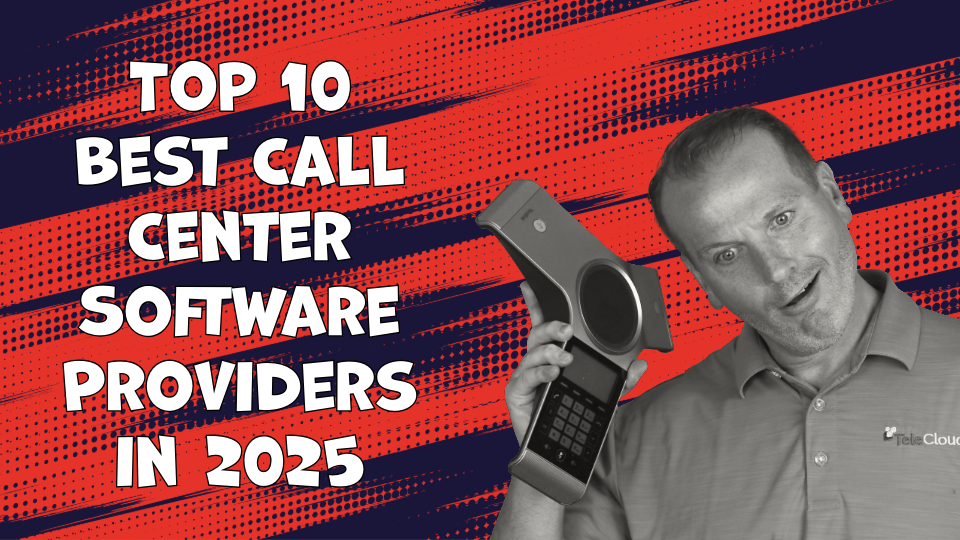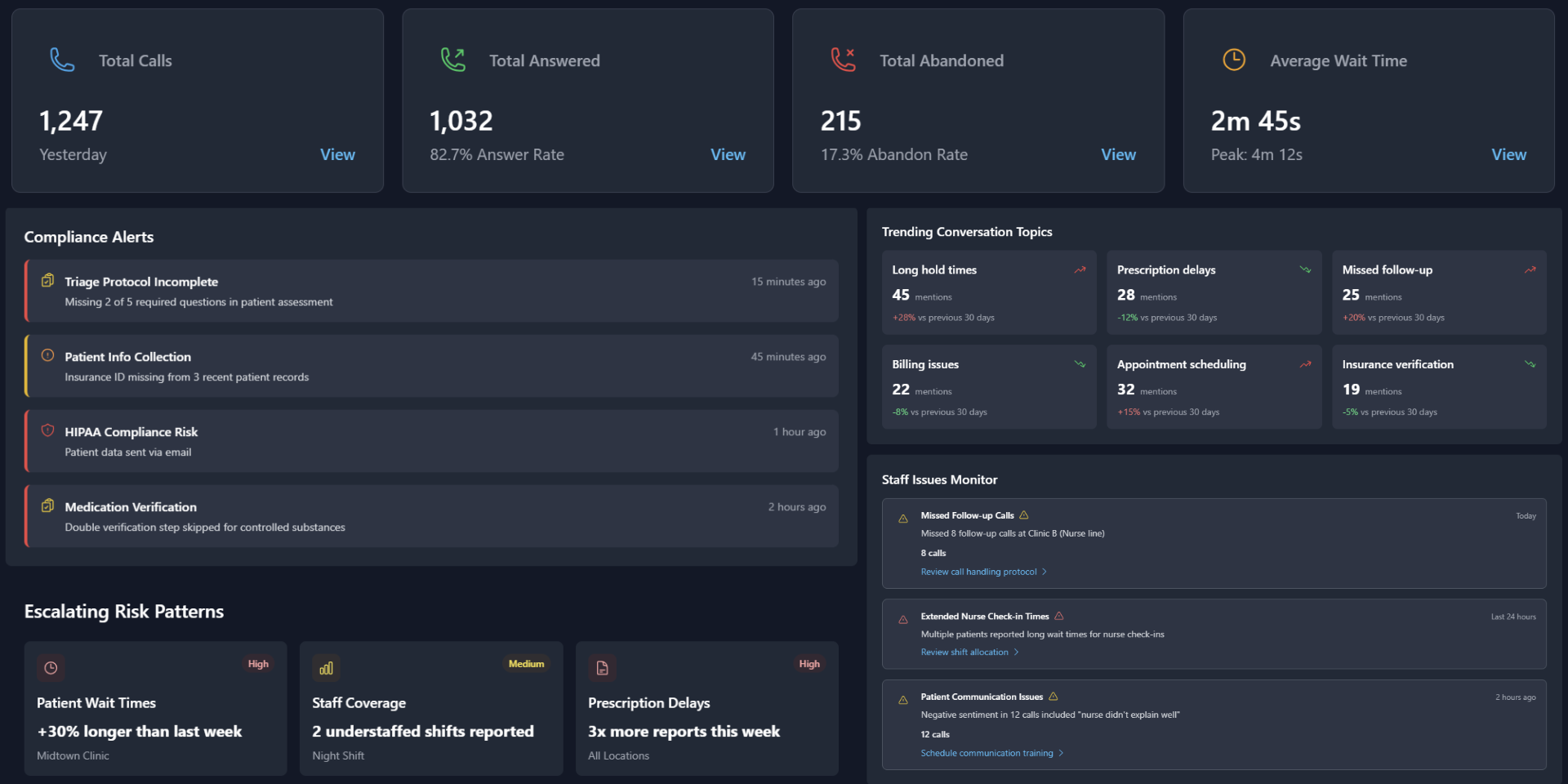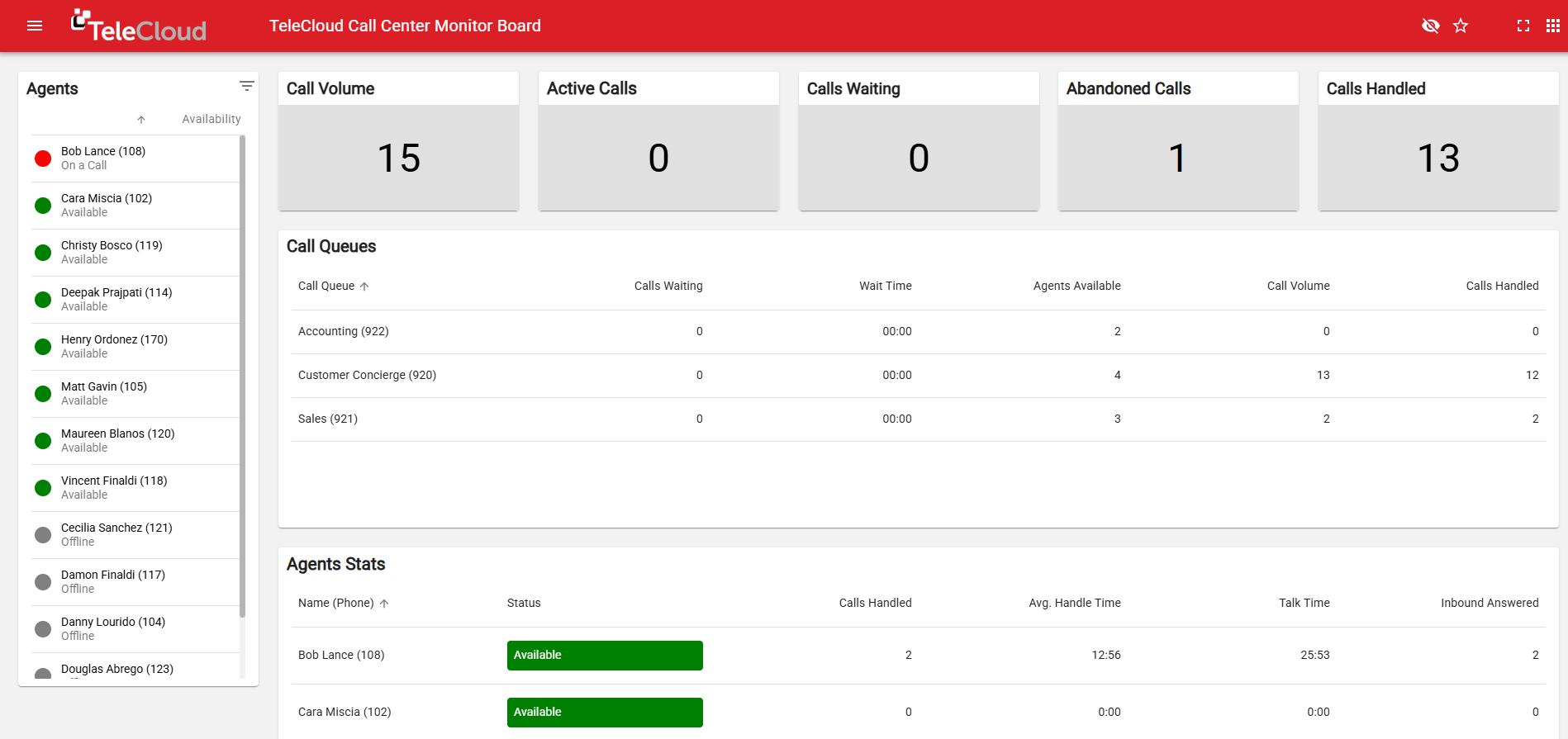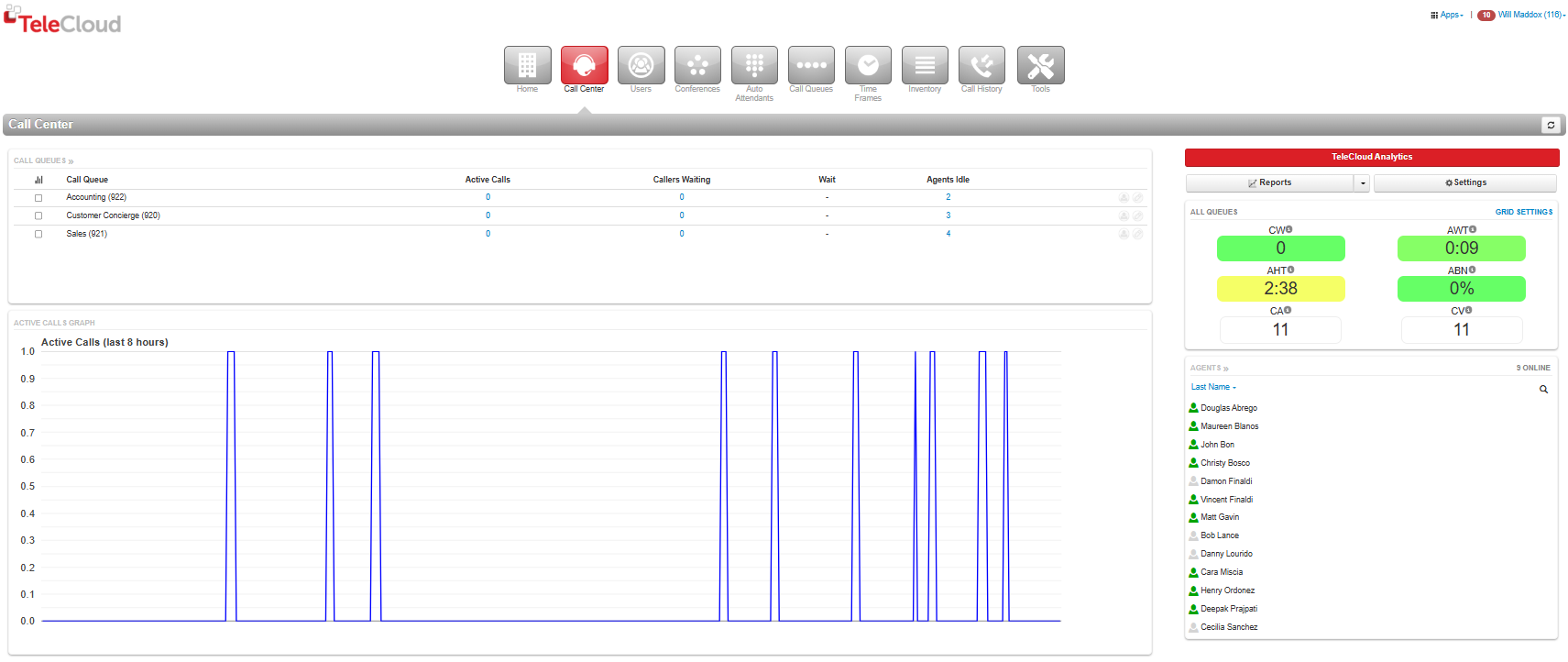How Do You Measure Call Center Success Using Queue Analytics?
July 15th, 2025
3 min read
By Matt Gavin

In today's customer-centric world, each call represents an opportunity to shape your reputation. From resolving issues to building lasting relationships, your call center’s performance can define your brand's trust and reliability. But how do you ensure you're making the most of every interaction?
The answer lies in your queue analytics. At TeleCloud, we’ve helped businesses of all sizes move from reactive to proactive communication strategies by unlocking the insights hidden in their call data. With the right metrics and tools, you can turn routine interactions into strategic wins.
This article will show you how to move beyond surface-level metrics and identify the actionable insights that truly define call center success. We'll guide you through how to interpret the most valuable data, how to spot issues before they escalate, and how to align your analytics with your business goals for maximum impact.
What Metrics Truly Define Call Center Success?
To transform your call center into a revenue-driving, experience-enhancing asset, you need to track the metrics that matter most. Here's what you should be measuring—and why:
1. Calls Offered vs. Calls Handled
This basic comparison helps you understand demand versus capacity. For example, during seasonal spikes or marketing campaigns, a sudden increase in 'calls offered' compared to 'calls handled' can reveal when and where staffing or routing strategies need adjusting. "Calls offered" is the total number of inbound calls. "Calls handled" is the number of those answered by an agent.
What it tells you: A wide gap could indicate understaffing, poor routing, or system lag. This metric helps identify if customers are being left without support.
2. Abandoned Call Rate vs. Adjusted Abandon Rate
Not all abandoned calls signal a problem. Many callers hang up within the first few seconds due to wrong numbers or second thoughts.
Adjusted abandon rate filters out sub-10-second calls for a more accurate view of true customer frustration.
Why it matters: High adjusted abandon rates often point to long wait times or poor menu design. Businesses that monitor and act on this metric can reduce call abandonment by up to 25%.
3. Service Level (SLA Compliance)
This key performance indicator measures the percentage of calls answered within a specific timeframe.
Why it's critical: A strong service level shows responsiveness and ensures customers aren’t left waiting—improving satisfaction and retention. Many high-performing teams aim for 80/30 compliance (80% of calls answered within 30 seconds).
4. Average Talk Time (ATT) and Average Handle Time (AHT)
Talk time is the actual conversation length. Handle time includes post-call work like notes or follow-ups.
Insight: Short durations may suggest rushed service, while long ones could mean agents need more training or process support. Trending these over time helps identify bottlenecks and training opportunities.
5. Missed Calls by Agent
This tracks how often individual agents fail to answer assigned calls.
What it shows: Persistent missed calls may indicate scheduling issues, training gaps, or performance concerns that need addressing.
6. Wrap-Up Time
Measures how long an agent takes to complete post-call work—such as updating CRM records, tagging call reasons, or logging follow-up actions—before becoming available again.
Impact: Excessive wrap-up time slows down service and reduces team capacity. It often flags the need for better systems or support.
Why Cradle-to-Grave Reporting Changes the Game
Cradle-to-grave reporting traces the entire journey of each call, from the first ring to final resolution—including all transfers, holds, and voicemails.
For example, one healthcare provider used this data to discover that nearly a third of patient calls were misrouted due to IVR design flaws. Fixing these paths reduced transfer rates by 60% and lifted satisfaction scores.
How it helps:
- Pinpoints delays and handoff loops
- Identifies routing logic gaps
- Highlights team collaboration patterns
- Uncovers friction points in the customer journey
With this level of insight, you can correct issues before they affect customer experience and drive smarter, faster decisions.
Turn Metrics Into Actionable Strategy
Call center excellence isn’t just about answering calls—it’s about understanding performance in real time. With the right queue analytics, you gain clarity, control, and a competitive edge.
Every metric tells a story—of your customer’s experience and your team’s performance. You just need the right tools to listen.
TeleCloud transforms raw data into intelligent decision-making tools. With our advanced analytics, you’ll drive better CX, stronger team performance, and measurable ROI. Let’s modernize your metrics, together.
Let us show you what’s possible—how to uncover missed opportunities, reduce inefficiencies, and confidently lead your team with real-time data. See firsthand how actionable insights can reshape your call center strategy. Enable cradle-to-grave reporting and customized dashboards today to get the insights you need to lead.
Schedule a custom analytics walkthrough with a TeleCloud expert and see how advanced queue tracking and cradle-to-grave reports can elevate your entire operation.
Topics:




















